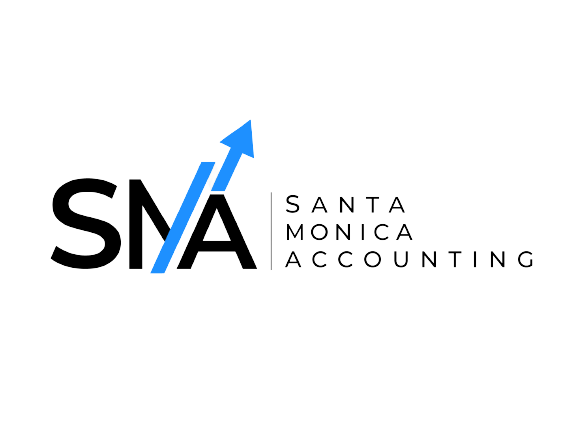In the realm of corporate governance and financial accountability, audits serve as critical tools to ensure transparency, accuracy, and compliance within organizations. But what exactly does an audit entail, and why is it so important? This comprehensive exploration delves into the definition, types, processes, and significance of audits in modern business environments, shedding light on their pivotal role in financial reporting, risk management, and regulatory compliance.
This is an info box
An audit can be defined as a systematic examination or review of an organization’s financial records, operations, processes, or compliance with regulatory requirements. It is typically conducted by qualified professionals known as auditors, who are either internal (employees of the organization) or external (independent firms hired for the purpose). The primary objectives of an audit include assessing the accuracy of financial statements, evaluating the effectiveness of internal controls, and providing assurance to stakeholders regarding the organization’s financial health and compliance with applicable laws and regulations.
Types of Audits
Audits can be categorized into several types based on their purpose and scope:
Financial Audit
Focuses on verifying the accuracy and completeness of an organization’s financial statements. It involves examining financial transactions, account balances, and supporting documentation to ensure adherence to accounting principles (e.g., GAAP or IFRS).
Compliance Audit:
Ensures that an organization is adhering to specific laws, regulations, policies, or contractual agreements. Compliance audits are crucial for industries subject to extensive regulatory oversight, such as healthcare, finance, and environmental management.
Operational Audit
Evaluates the efficiency and effectiveness of an organization’s operations and internal processes. This type of audit aims to identify areas for improvement in operational performance, cost management, and resource utilization.
Information Systems Audit (IT Audit)
Focuses on assessing an organization’s IT systems, data integrity, cybersecurity measures, and overall IT governance. IT audits are essential in today’s digital age to protect against data breaches and ensure the confidentiality, availability, and integrity of sensitive information.
Investigative Audit
Conducted in response to suspected fraud, embezzlement, or other financial misconduct within an organization. Investigative audits aim to uncover evidence of wrongdoing and support legal proceedings or disciplinary actions.
This is an info box
This is an info box
Audits play a crucial role in organizational governance, risk management, and financial accountability for several compelling reasons:
1. Enhancing Financial Transparency:
- Audits provide stakeholders, including investors, lenders, and shareholders, with assurance that an organization’s financial statements accurately reflect its financial position and performance. This transparency fosters trust and confidence in the organization’s management and operations.
2. Detecting and Preventing Fraud:
- By examining financial records, internal controls, and operational processes, audits help detect and deter fraudulent activities such as misappropriation of assets, financial statement fraud, or unauthorized transactions. Early detection of fraud mitigates financial losses and reputational damage.
3. Improving Operational Efficiency:
- Operational audits identify inefficiencies, process bottlenecks, and areas for cost reduction or performance improvement. Recommendations from operational audits enable organizations to streamline operations, enhance resource allocation, and achieve strategic objectives more effectively.
4. Ensuring Regulatory Compliance:
- Compliance audits verify adherence to applicable laws, regulations, industry standards, and contractual obligations. Non-compliance can result in legal penalties, fines, or sanctions. Audits help organizations proactively address compliance requirements and mitigate associated risks.
5. Facilitating Effective Governance and Risk Management:
- Audits contribute to effective corporate governance by evaluating the adequacy and effectiveness of internal controls, risk management practices, and board oversight. Auditors provide valuable insights and recommendations to strengthen governance frameworks and mitigate risks.
6. Supporting Decision-Making and Strategic Planning:
- Audit findings and recommendations provide management with valuable insights into business operations, financial health, and risk exposure. This information empowers decision-makers to make informed strategic decisions, allocate resources strategically, and capitalize on growth opportunities.
7. Building Stakeholder Confidence:
- Regular audits demonstrate a commitment to transparency, accountability, and ethical business practices. They reassure stakeholders that the organization is managed responsibly, operates with integrity, and safeguards their interests.
Conclusion
To sum everything up, audits are essential tools for ensuring risk management, organizational governance, financial transparency, and regulatory compliance. An organization’s integrity, dependability, and adherence to best practices are confirmed to stakeholders through audits, which involve methodical reviews of financial records, operations, and internal controls. In addition to fulfilling regulatory requirements, audits help firms find areas for improvement, boost operational effectiveness, reduce risk, and make well-informed strategic choices.
Audits continue to play a critical role in supporting accountability, transparency, and sustainable growth as companies negotiate ever more complicated regulatory environments and economic uncertainty. Acknowledging audits as essential parts of corporate governance and accountability systems enables companies to prosper in a world of increased scrutiny, changing demands, and long-term value generation.

Thank you for reading with SMA!
Seeking help with your bookkeeping and accounting?
We’re right here for you!
